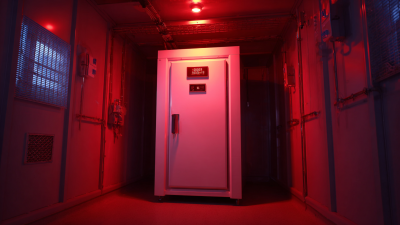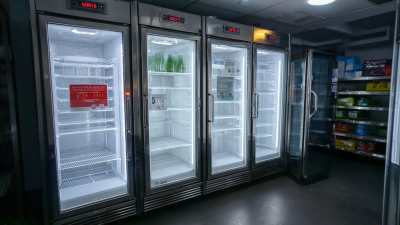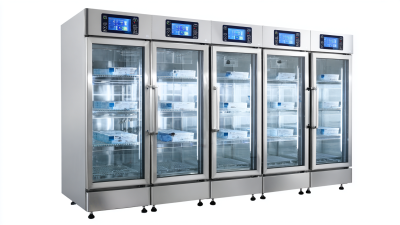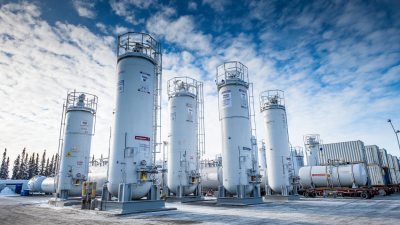
-
Home
-
About us
-
Products
-
Solutions
-
News
-
Blog
-
Contact us
Leave Your Message

In the fast-evolving landscape of laboratory technology, the choice of a Cryo Refrigerator is crucial for maintaining the integrity of sensitive biological samples. According to a recent report by Frost & Sullivan, the global cryogenic equipment market is projected to reach $30 billion by 2025, reflecting a growing demand for reliable storage solutions across various sectors, including pharmaceuticals and biotechnology. The selection process for an appropriate Cryo Refrigerator involves considering factors such as temperature consistency, energy efficiency, and specific storage capacity—elements that can significantly impact research outcomes. This ultimate guide aims to provide comprehensive insights and practical tips for laboratory professionals seeking to optimize their cryogenic storage choices, ensuring their samples remain preserved under the best possible conditions.
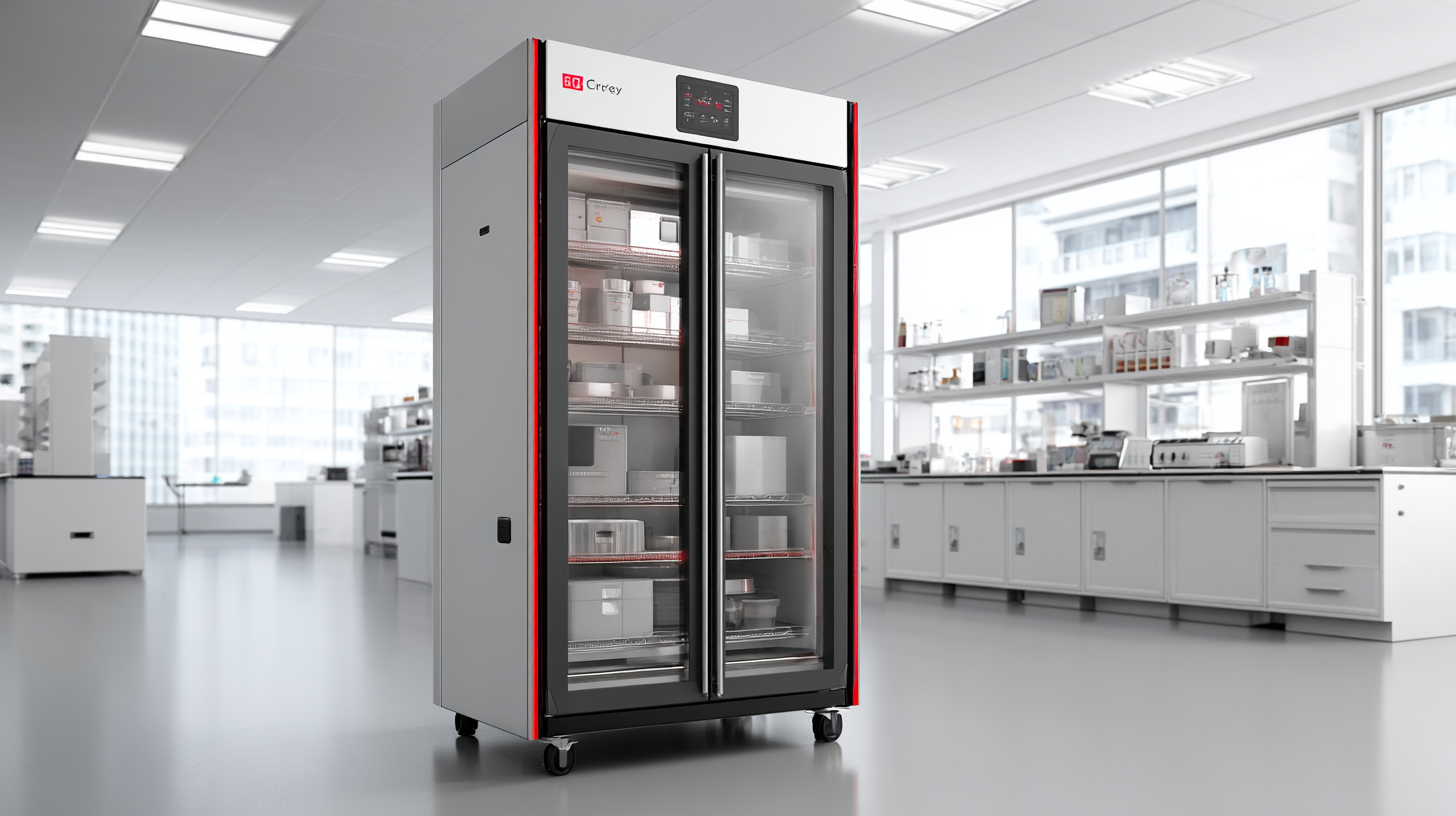
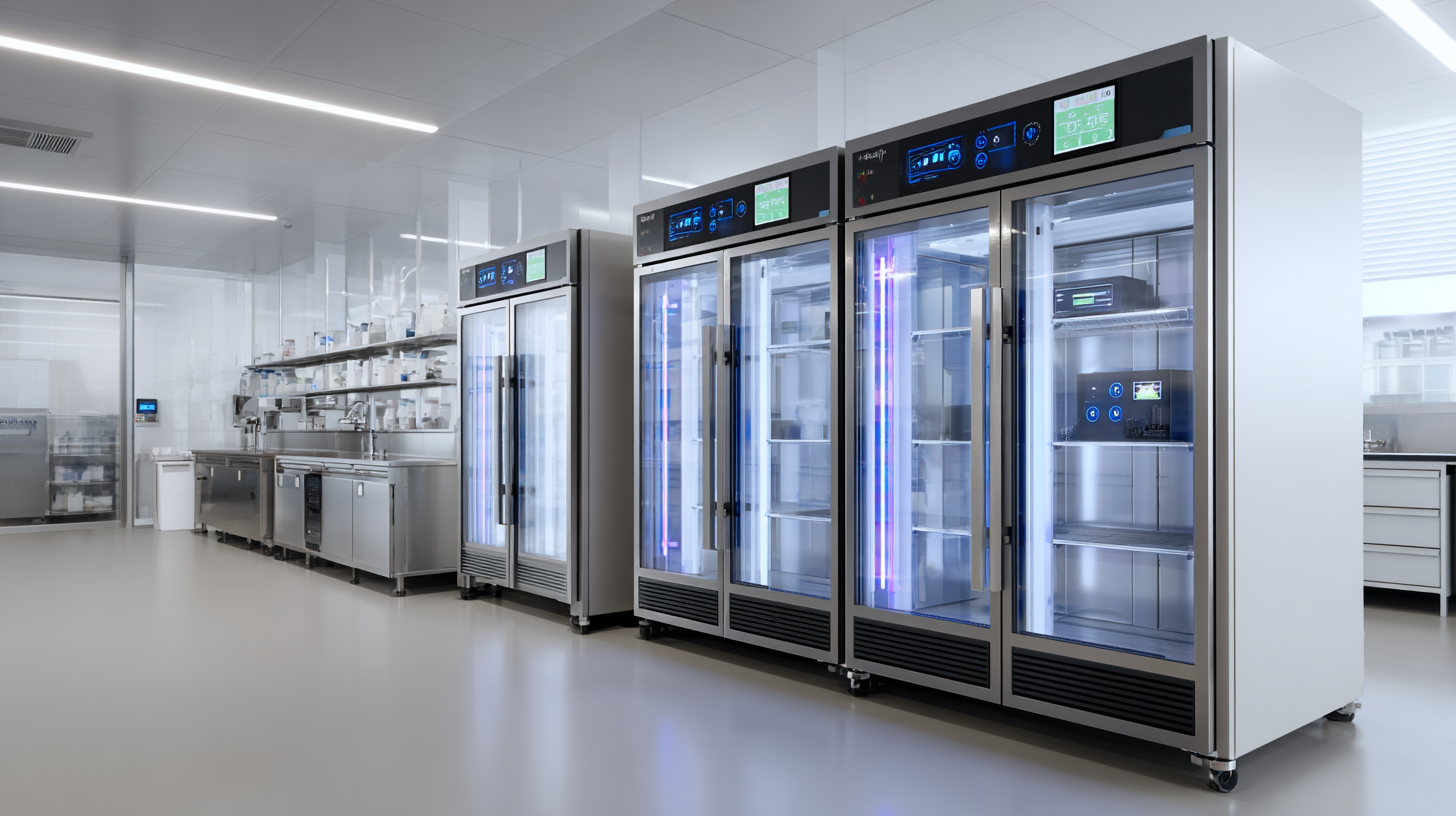 Cryo refrigerators play a pivotal role in laboratory research, providing the necessary low temperatures required for the preservation of biological samples and sensitive materials. These specialized units are essential for maintaining the integrity of various specimens, including cells, proteins, and nucleic acids. When subjected to extreme cold, molecular activity slows down significantly, which mitigates degradation and optimizes storage conditions for long-term research purposes. This capacity to preserve viability and functionality underscores the importance of selecting an appropriate cryo refrigerator tailored to specific laboratory needs.
Cryo refrigerators play a pivotal role in laboratory research, providing the necessary low temperatures required for the preservation of biological samples and sensitive materials. These specialized units are essential for maintaining the integrity of various specimens, including cells, proteins, and nucleic acids. When subjected to extreme cold, molecular activity slows down significantly, which mitigates degradation and optimizes storage conditions for long-term research purposes. This capacity to preserve viability and functionality underscores the importance of selecting an appropriate cryo refrigerator tailored to specific laboratory needs.
In addition to sample preservation, cryo refrigerators also enable researchers to conduct experiments that require extreme temperatures, thus expanding the horizons of scientific inquiry. For instance, many biochemical reactions can be observed effectively only under cryogenic conditions. With the right cryo refrigerator, researchers can explore properties of materials at temperatures that reveal new insights and contribute to innovative discoveries. Therefore, understanding the operational requirements and choosing the right cryo refrigerator is not merely a logistical decision but a critical determinant of research success in any laboratory setting.
When selecting a cryo refrigerator for your laboratory, it's crucial to focus on key features that will enhance your operational efficiency and reliability. First and foremost, consider the refrigeration capacity and temperature range that suit your specific applications. Different experiments demand varying degrees of cooling, so ensure that the model you choose can maintain the necessary low temperatures consistently.
Additionally, pay attention to the thermal stability and efficiency of the refrigeration system, as these factors will directly influence the performance of sensitive materials, especially in fields such as quantum computing.
Another vital feature to consider is the design and usability of the cryo refrigerator. User-friendly interfaces, easy access for maintenance, and robust safety features are essential for ensuring a smooth workflow in your lab. As the industry progresses, such as developments in next-generation dilution refrigerators tailored for quantum applications, having a model designed for future technologies could be beneficial.
Furthermore, be aware of the integration capabilities with existing systems, as selected cryo refrigerators should work seamlessly within your current laboratory setup while optimizing processes for maximum productivity.
When selecting a cryo refrigerator for laboratory applications, it's essential to understand the different types available and their specific uses. Cryogenic freezers can be broadly categorized into two types: vapor-phase and liquid-phase.
Vapor-phase cryogenic refrigerators typically operate at temperatures ranging from -150°C to -180°C and are ideal for long-term storage of biological samples, such as stem cells and gametes.
According to a report by Frost & Sullivan, the demand for these units is projected to grow by 12% annually as more laboratories invest in preserving valuable biological materials (Frost & Sullivan, 2022).
On the other hand, liquid-phase cryo refrigerators maintain temperatures below -196°C, suitable for the storage of liquid nitrogen and applications requiring ultra-low temperatures.
These units are often utilized in research fields like molecular biology and pharmaceuticals.
A recent market analysis indicates that the global cryogenic equipment market is set to reach USD 26 billion by 2025, highlighting the critical role that these technologies play in advancing scientific research (Grand View Research, 2023).
Understanding these distinctions will help labs invest wisely in equipment that meets their specific operational requirements.
When selecting a cryo refrigerator for laboratory use, evaluating energy efficiency and
safety standards is paramount. Energy-efficient models not only reduce operational costs but also contribute to
sustainability efforts within laboratory environments.
Look for refrigerators with high energy ratings and features such as advanced insulation, energy-saving modes, and
optimally designed compressor systems. These attributes ensure that the unit maintains optimal temperatures while minimizing energy consumption,
benefiting both the lab budget and the environment.
Safety standards are equally crucial in the selection process. It is essential to choose cryo refrigerators that comply with industry regulations and
safety certifications. Features like alarms for temperature fluctuations, automatic shut-off systems, and secure locking mechanisms can prevent
accidents and ensure the integrity of samples. Additionally, understanding the materials used in construction and the refrigeration technology
implemented can provide insights into the unit's longevity and reliability. Prioritizing energy efficiency and safety standards will help laboratories invest in cryo refrigerators
that meet their needs while ensuring optimal performance and peace of mind.
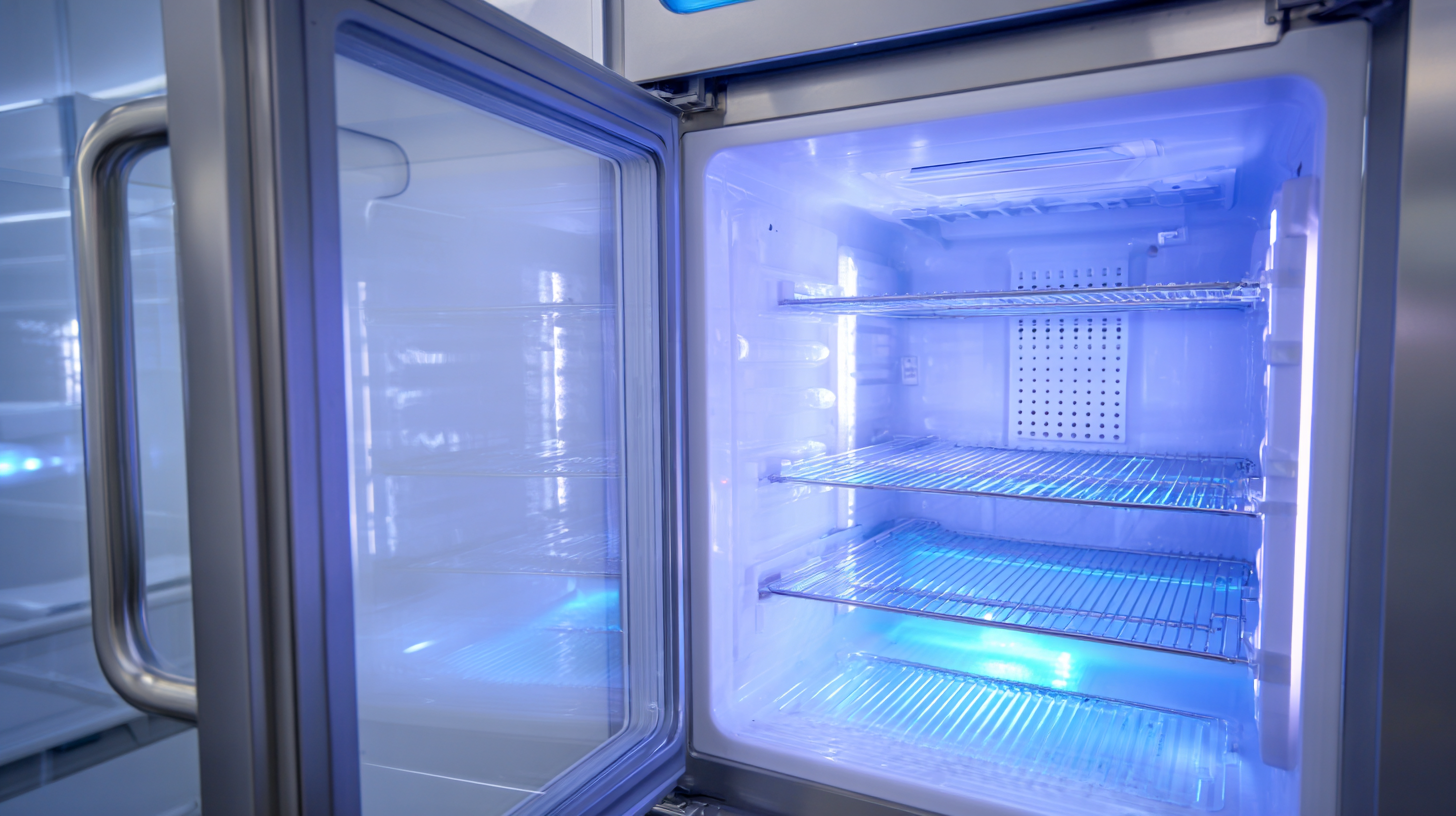
When selecting a cryo refrigerator for laboratory needs, budget considerations are paramount. The landscape of cryogenic storage offers a range of options, with basic models starting at around $5,000 and high-performance units exceeding $20,000. According to a recent industry report by ResearchAndMarkets, the cryogenic equipment market is projected to grow at a CAGR of 6.5% through 2026, largely due to advancements in efficiency and insulation technology. When weighing cost versus performance, a key factor to assess is the unit's energy efficiency, as operating costs can represent up to 40% of total ownership expenses.
**Tip:** Prioritize models with lower energy consumption ratings to save on long-term costs.
Additionally, consider the insulation materials and design, which impact both temperature stability and maintenance requirements. Units equipped with vacuum insulation systems tend to offer superior thermal performance, allowing for less frequent recharges and reduced nitrogen loss, ultimately leading to better savings.
**Tip:** Evaluate the expected lifespan of the compressor—an efficient unit can last significantly longer and justify a higher initial investment. By aligning your budget with the specific requirements of your application, you can secure a cryo refrigerator that balances cost and performance effectively.
